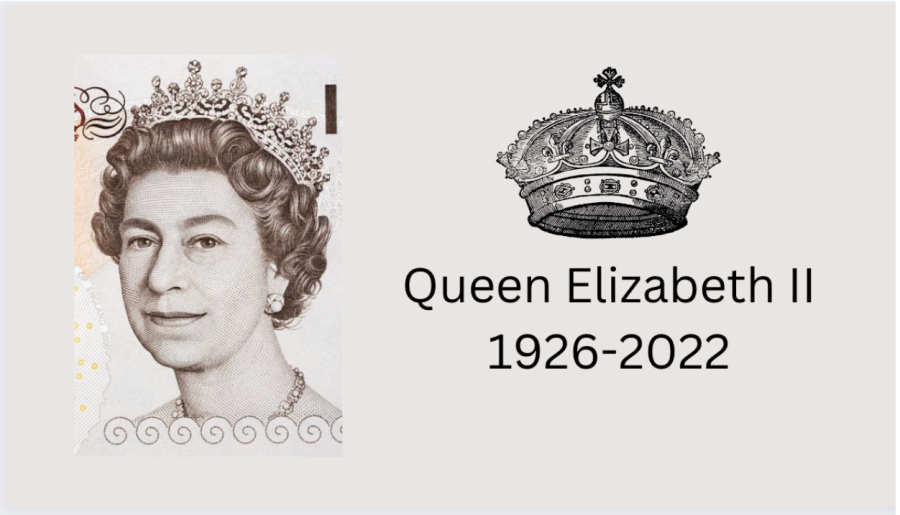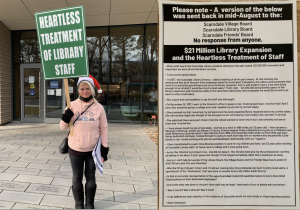The Changing of the Guard, Charles in Charge
September 29, 2022
The world mourned together on September 8th, when England’s beloved Queen Elizabeth II passed away. In over 70 years of rule, the Queen gained the respect of not only those she led but millions of people across the globe. In the 1960s, a plan, known as “Operation London Bridge”, was put in place for when the Queen died. Every minute after the death of the Queen was elaborately planned out, including the announcement of Prince Charles as King. The 10-day process following the death of the Queen began on D-Day—the day she died. After D-Day followed by D+1, D+2, and so on. To notify the world of her death, the Queen’s secretary informed the prime minister, senior ministers, the cabinet secretary, and government officials. The cabinet secretary then sent an email to senior civil servants, leading to all flags being lowered to half-mast across Whitehall, and eventually across the rest of the country. Those in the air were notified by their pilots, and the main TV channels in the press were notified first
The governments of the UK, Scotland, Wales, and Northern Ireland were adjourned, and no officials were permitted to make statements until the Prime Minister made one himself. There was an audience to present King Charles, the new monarch, and parliamentary business was suspended for 10 days. King Charles was proclaimed the new sovereign the day following the Queen’s death, or D-Day+1.
The days leading up to the funeral consisted of nationwide mourning. The Queen’s picture was posted in every corporate real-estate office, fast-food restaurant, nail salon, and family dry cleaner’s shop windows. Supermarkets and gas stations closed, museum openings were delayed, and even hospital appointments were rescheduled. Out of respect, the UK practically shut down. The line to see the Queen’s coffin stretched out for about five miles.
The funeral took place 10 days following the Queen’s death at Westminster Abbey, and she was buried at the King George VI Memorial Chapel in Windsor. This was said to have been the biggest state funeral since Winston Churchill’s in 1965.
For many years, Queen Elizabeth II served as a source of pride for her country, as well as an international symbol of continuity and stability. She guided the UK through some extraordinary times and was very dedicated to her country. Her Majesty was constantly at work with her constitutional duties, dealing with official papers every day and holding frequent audiences with her prime ministers.
As was obvious through the ornateness of “Operation London Bridge,” the Queen was a highly respected and loved figure. The second the news was released to the public, people throughout the world were shocked and saddened. The hallways of SHS were flooding with people sharing the news, and some even grieving together.
The Queen will always be remembered for all she has contributed to our world, and as a prominent figure for many generations.


























